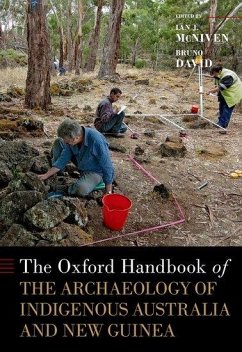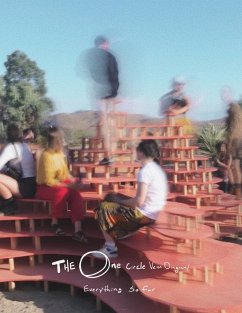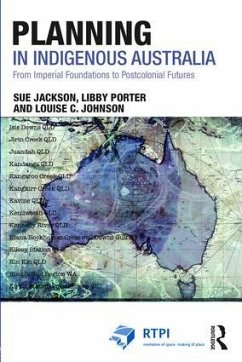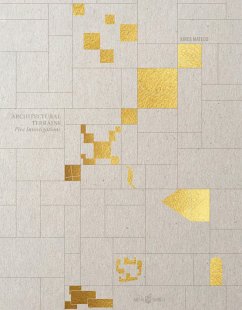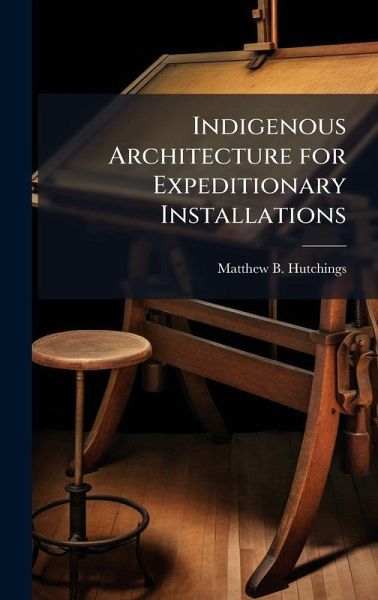
Indigenous Architecture for Expeditionary Installations
Versandkostenfrei!
Versandfertig in über 4 Wochen
29,99 €
inkl. MwSt.
Weitere Ausgaben:

PAYBACK Punkte
15 °P sammeln!
United States (U.S.) outpost building after World War II tended to neglect local design in favor of imported American style and at the expense of efficiency and local acceptance (Gillem, 2005: 70). The numerous expeditionary installations established throughout the Middle East in the Global War on Terrorism (GWOT) offer a clean slate for transition to a policy that favors sustainable design as well as host nation acceptance through the use of indigenous architecture. By investigating desert indigenous architecture, low-tech design elements could be rediscovered and combined with modern technol...
United States (U.S.) outpost building after World War II tended to neglect local design in favor of imported American style and at the expense of efficiency and local acceptance (Gillem, 2005: 70). The numerous expeditionary installations established throughout the Middle East in the Global War on Terrorism (GWOT) offer a clean slate for transition to a policy that favors sustainable design as well as host nation acceptance through the use of indigenous architecture. By investigating desert indigenous architecture, low-tech design elements could be rediscovered and combined with modern technology to build new, environmentally-responsible buildings that are identifiable by the local culture. The potential of indigenous architecture was investigated by comparing its energy performance, force protection and fire safety characteristics, and ease of procurement to the same criteria for a standard prefabricated metal building. The core of the research was a literature review of current Department of Defense (DoD) construction standards and an examination of past and present examples of desert architecture including the Middle East and the southwestern U.S. Architectural drawings for a typical administration facility were created to show how traditional building materials and methods could be employed to match or exceed current standards. Results indicated that indigenous design offers advantages in energy performance and force protection, but initial cost and procurement time are not favorable. Therefore, selection of the optimum building construction technique depends on decision-maker values. This work has been selected by scholars as being culturally important, and is part of the knowledge base of civilization as we know it. This work was reproduced from the original artifact, and remains as true to the original work as possible. Therefore, you will see the original copyright references, library stamps (as most of these works have been housed in our most important libraries around the world), and other notations in the work. This work is in the public domain in the United States of America, and possibly other nations. Within the United States, you may freely copy and distribute this work, as no entity (individual or corporate) has a copyright on the body of the work. As a reproduction of a historical artifact, this work may contain missing or blurred pages, poor pictures, errant marks, etc. Scholars believe, and we concur, that this work is important enough to be preserved, reproduced, and made generally available to the public. We appreciate your support of the preservation process, and thank you for being an important part of keeping this knowledge alive and relevant.





